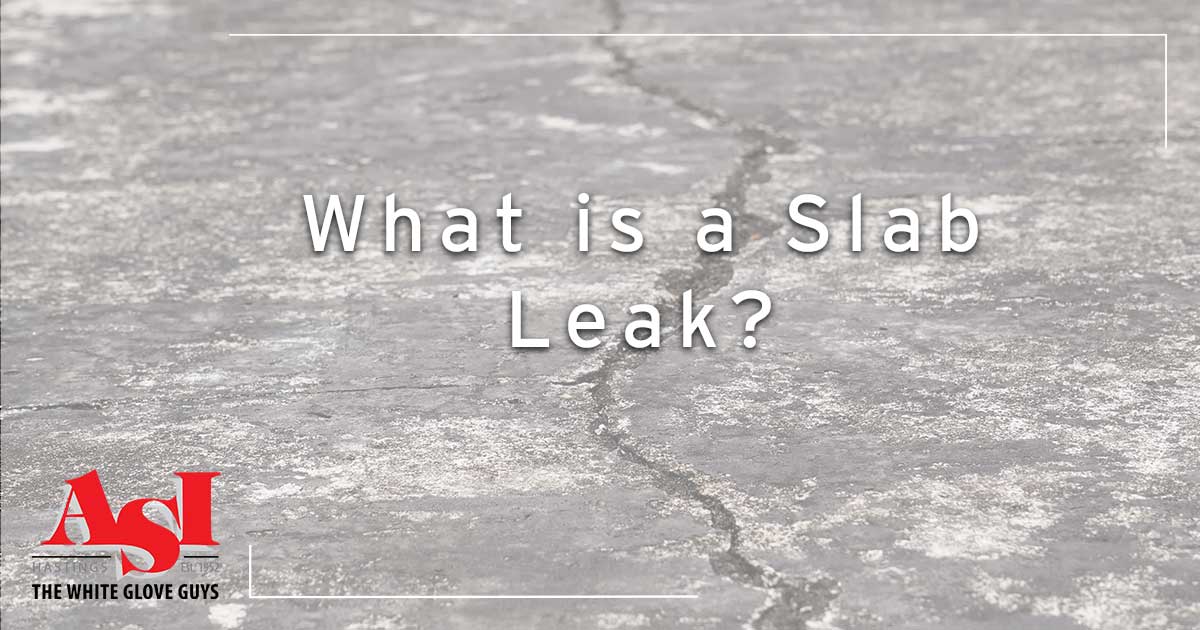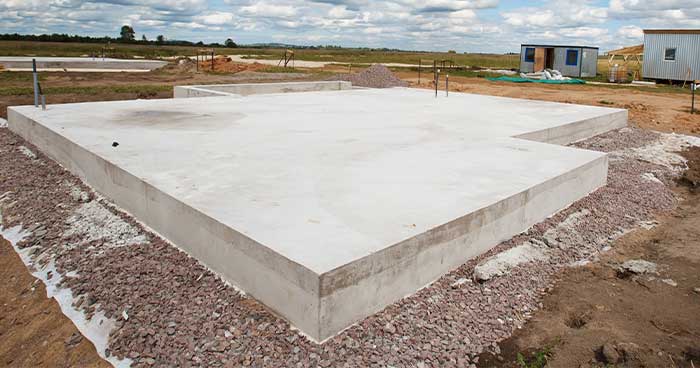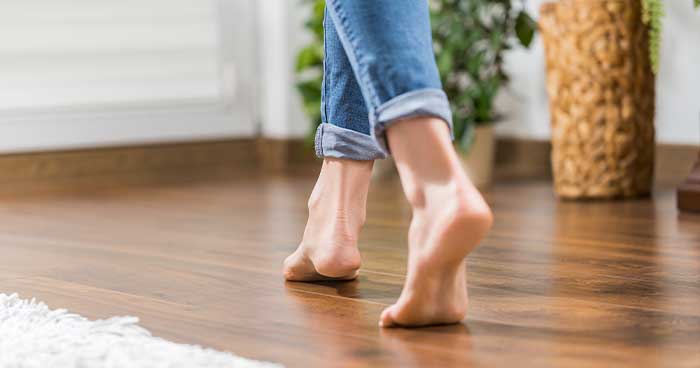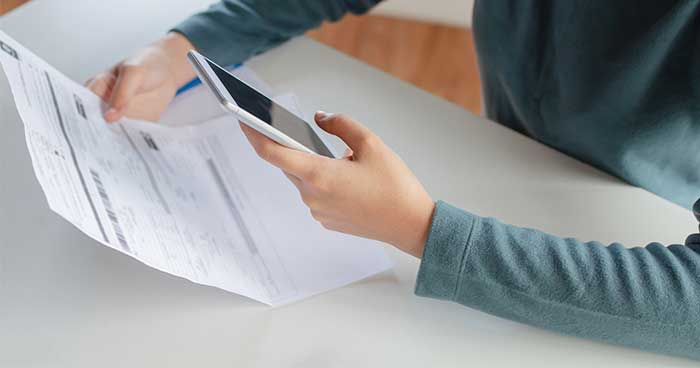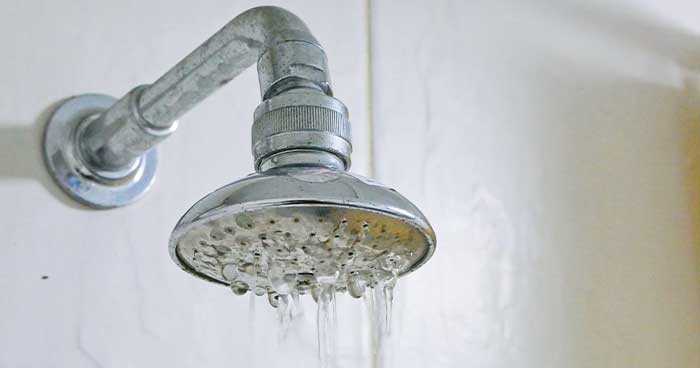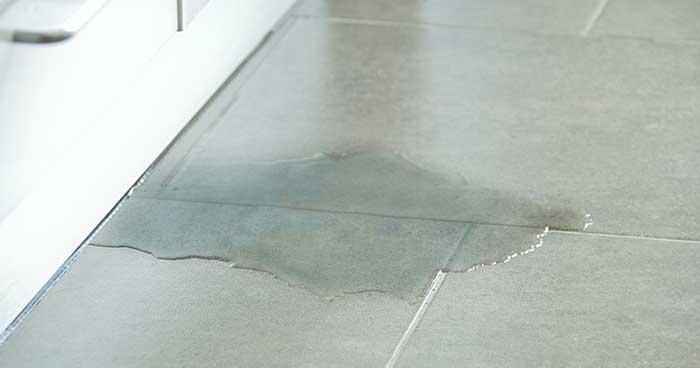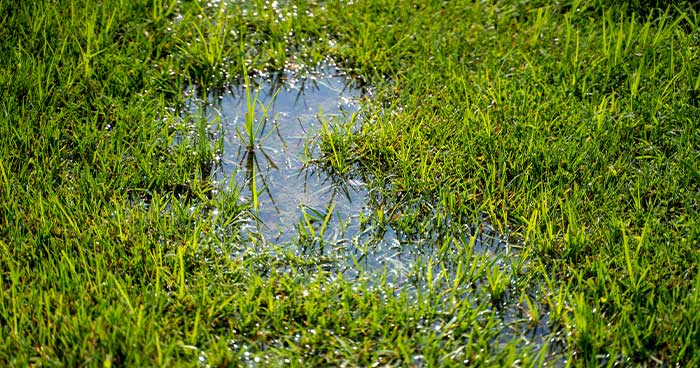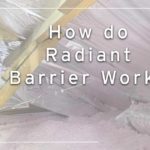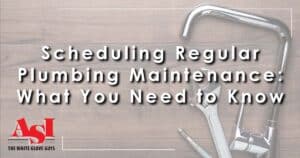If there’s one way to quickly ruin your day, it’s with a slab leak. They’re one of the messiest problems we deal with when it comes to plumbing repair. There is a bright spot though, home that were not built on concrete slabs won’t every need to deal with this. However, this post is for everyone else out there.
What are Slab Leaks?
As we mentioned above, slab leaks are something that only happen when your home is built on a concrete slab. This type of constructions forces plumbing pipes through concrete. So, when a pipe bursts, there are not a lot of places for the water to go.
Since the location of the pipes are directly in your foundation, these leaks can do major damage to your home. When allowed to go on too long, slab leaks can lead to cracks in the walls and even the floors. In the most extreme cases, parts of home can entirely collapse.
How Common is it to Have a Slab Leak?
Living in California has a few problems. Earthquakes are one of them. Since we deal with these on a semi-regular basis, slab leaks are more common in our state.
The movement of the earth can easily break and do considerable damage to your pipes.
Historic and older homes need to be mindful of these leaks as well. Over time and with use, copper pipes can corrode, which lead to leaks and breaks.
Five Warning Signs of a Slab Leak
Be on the lookout for any of these slab leak warning signs.
Your Floor feels Warm
This is something that happens when the warm water line bursts. Sometimes, San Diego homeowners can feel heat radiating from their floors during a slab leak.
This is because water needs a place to go, and sometimes the only way it goes is up. Right up to your floor.
It’s easier to feel warm spots on floors with carpeting or thin linoleum. The thickness of tile and hardwood make it harder to feel the somewhat subtle temperature change.
Water Bills are Shooting Up
When there’s a slab leak, or any other leak for that matter, your water is running all the time. Not only is this super wasteful, but it can cause a sudden spike in your water bill.
As a homeowner, one of the best things you can do for your plumbing system is to keep an eye on your water bill. When there’s a hidden leak, you can usually see it reflected on your monthly bill.
In addition to slab leaks, a high water bill could indicate:
- Leaks throughout your plumbing system
- A fixture in your home (i.e. the toilet) is leaking
- There’s a faucet that won’t stop dripping
- There’s a leak in your sprinkler system
Water Pressure is Lower than Normal
Water pressure is something we can all take for granted. One big warning sign of a slab leak is if your shower or sinks suddenly lose water pressure.
A slab leak means some water can’t make it all the way to your appliances, which leaves you with low water pressure.
Carpet or Flooring is Damp
Ever wake up and suddenly walk into a wet spot where one shouldn’t be? When you’ve ruled out your pets, the next answer could be a slab leak.
When pipes are put into concrete slabs, there’s not a lot of places leaking water can go. One of the places it can end up is on your floor.
Puddles in or Outside of the Home
We’ve said this before, but when a leak isn’t taken care of soon enough, the water will find a place to go. Sometimes that place is inside or outside your home.
One of the obvious signs you may have a slab leak is if you notice large puddles of standing water in your yard on a warm, dry day. There’s no reason for water to be pooling outside like that unless you’ve run the sprinkler system, or it recently rained.
The same can be said for any plumbing fixtures in your home. Watch for puddles that may form around your washing machine, toilet, or water heater.
Slab leaks can have serious consequences for your home. If you see any of these signs, call a professional plumber as soon as possible to assess the situation.

